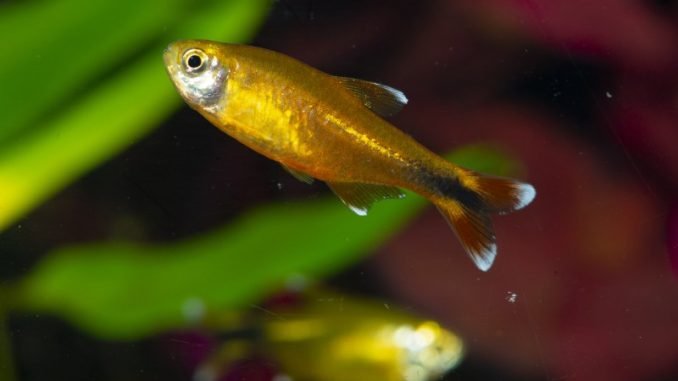
The silvertip tetra is a freshwater fish of the Characidae family. This tetra species shares some characteristics with the neon tetra and is known for its golden coloring and silver-tipped fins.
Silvertip tetras are popular due to their beautiful markings and active lifestyle. These fish are social creatures that should be kept with other fish of their kind.
TABLE OF CONTENTS
Silvertip Tetra Facts & Overview
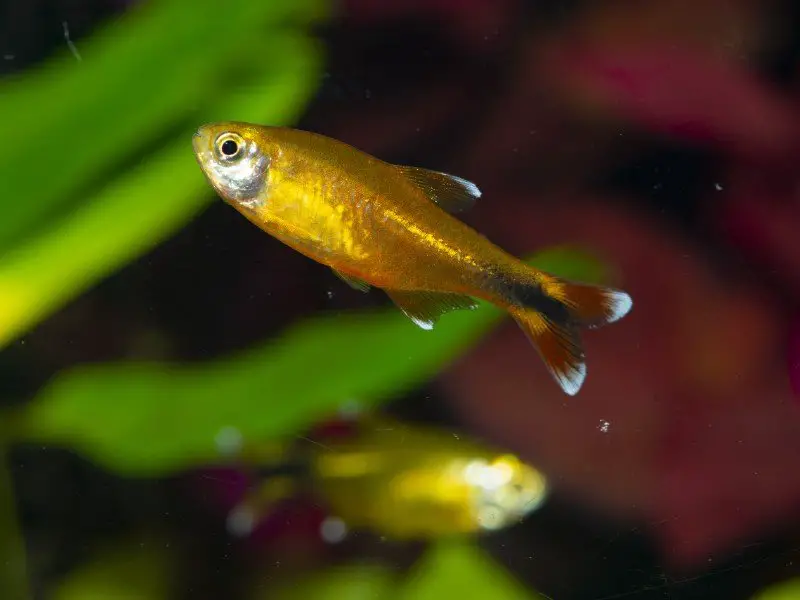
| Scientific name: | Hasemania nana |
| Common names: | Silver tip tetra |
| Distribution: | South America, São Francisco basin in Brazil |
| Size: | 1.2 inches |
| Life expectancy: | 5–8 years |
| Color: | Golden and silver with some black |
| Diet: | Omnivore |
| Temperament: | Mostly peaceful, can be aggressive in certain circumstances |
| Minimum tank size: | ~20 gallons |
| Temperature: | 72–82°F |
| pH: | 6–8 |
| Hardness: | 2–15 dGH |
| Care level: | Easy |
| Breeding: | Egg Scatterers |
Origin
The silvertip tetra is found mainly in the São Francisco basin in Brazil, and other parts of South America. This species of tetra lives in tributaries and creeks in both white and black water.
Silvertip tetras are peaceful schooling fish. They aren’t picky about their food, and they can often be found exploring through foliage or resting in soft, sandy substrates.
Adult Size and Lifespan
The silvertip grows to 1.2 inches in length, whether male or female. This species can reach two inches in length. Silvertips are an active species that live an average of five to eight years and can live longer if cared for well.
Availability
Silvertip tetras are easy to find in pet stores. They are inexpensive, usually costing only $2–$6 dollars per fish. Silvertip tetras can be bought online at That Pet Place or Aquarium Fish Sale.
Silvertip tetras are available to buy in multiples, as well. Because they are best kept in a school, they should be bought together rather than individually.
When shopping for silvertip tetras, check that they are healthy and have no obvious diseases. Buying them from a reputable store that is known for its high-quality fish is also important.
Silvertip tetras make for great tank starter-fish because they are easy to take care of, can be bought and added to the tank several at a time, and add instant colors to the aquarium.
Appearance & Behavior
The silvertip tetra is gold and has silver-tipped fins, as its name implies. Silvertips are social fish that like to be with their own kind.
Colors, Patterns, Fins, and Sex Differences
The silvertip tetra is transparent with a golden hue, and a black stripe runs along the mid/back region of its body. The fish sports a bit of silver on the ends of its fins and tail tips. Male silvertip tetras are brightly colored and females are paler.
Typical Behavior
Silvertip tetras are active creatures that like to be part of a group of fish. However, even though the silvertip tetra is a social species, this fish becomes territorial if it doesn’t have enough space to itself, and will nip the fins of its tank mates.
Keep silvertip tetras happy by housing them in schools of at least six of their own kind and in an aquarium that is appropriately sized for the school, which is about three gallons of water per fish.
During the day, silvertips are active and spend their time eating and swimming in the middle part of the tank or hiding in the vegetation. When it’s dark, silver tips rest in the sandy substrate on the bottom of the aquarium and become more silvery in color when asleep.
Silvertip tetras prefer to eat their food from the middle of the aquarium, not the bottom or top. Feed with foods that linger in the water before sinking completely to the bottom of the tank.
Silvertip Tetra Care & Tank Requirements
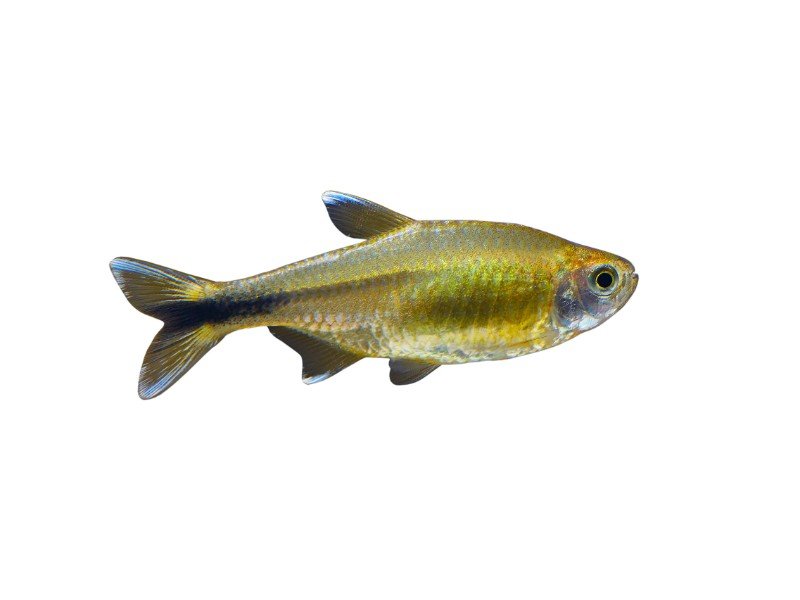
Silvertip tetras are relatively simple to care for. In general, this fish requires a mix of plant- and meat-based foods twice a day, substrate and tank decorations that match their wild habitat, and friendly tank mates.
Habitat & Tank Requirements
The silvertip tetra’s tank should mimic the environment of a warm tributary or creek. Cover the bottom of the silver tip’s tank with a fine sand substrate, and decorate the tank sparsely with plants, driftwood, and aquarium-safe leaves. Locate the tank in a dimly-lit space, away from direct light.
Tank Conditions
Silvertip tetras need a freshwater tank with enough gallons of water for their group. They also like certain water temperatures and acidity levels. All of this is easy to accomplish and will make the ideal environment for the silvertip tetra.
The ideal tank setup for silvertip tetras includes the following:
- Water type – Freshwater
- Tank size – Three gallons of water per silvertip tetra
- Water temperature – 72–82ºF
- Substrate – Fine sand substrate
- Tank setup – Plants, driftwood, rocks, leaves
- Acidity – 6–8 pH
- Water hardness – 2–15 dGH
- Filter – Yes, it keeps the water clean and safe for the fish
The silvertip tetra is adaptable and easy to care for, and it is easy to keep this fish healthy with the proper tank environment. Keeping the silvertip’s tank water clean and within the correct parameters is most important.
Disease
Silvertip tetras can develop several different diseases, including gill parasites, neon tetra disease, fungal infections, ich, fin rot, and velvet disease.
Fungal infection is a condition often caused by bad water quality, though there are a few other causes. Treat affected fish by ensuring the fish’s tank has clean water. You can add tablets to the water to clear up any infections easily, too. These precautions can stop your other fish from becoming infected as well.
Mucous Membrane and Gill Parasite
Mucous Membrane and Gill Parasite are caused by single-cell organisms like Chilodonella, Trichodina, and Costia. You may not notice any symptoms. Mucus Membrane and Gill Parasite can be prevented with clean water. You should ask a vet or silvertip tetra expert what the best medication is for your fish if you suspect infection.
Neon Tetra Disease
Neon tetra disease is caused by a parasite, ingested with infected food such as dead fish. One of the first symptoms is restlessness. There is, unfortunately, no way to treat this disease. If you notice symptoms, quarantine the affected fish to protect the others. To prevent the disease, select foods that are high-quality and make sure fish aren’t sick when you buy them.
For Ich, fin rot, and velvet disease, antibiotics may be required in addition to removing the infected fish from the tank.
Tank Mates
Silvertip tetras are shoaling fish that like to be with a school of their own kind. They need a school of at least six other fish, but more is even better. The best tank mates for silvertip tetras are fish that are faster than silver tips because silvertip tetras tend to bully slow-swimming fish.
Great tank mates for silvertip tetras include:
- Other silvertip tetras
- Other tetra species of similar size
- Electric blue ram
- Rasboras
- Molly fish
- Cory catfish
- Zebra danios
Diet and Feeding
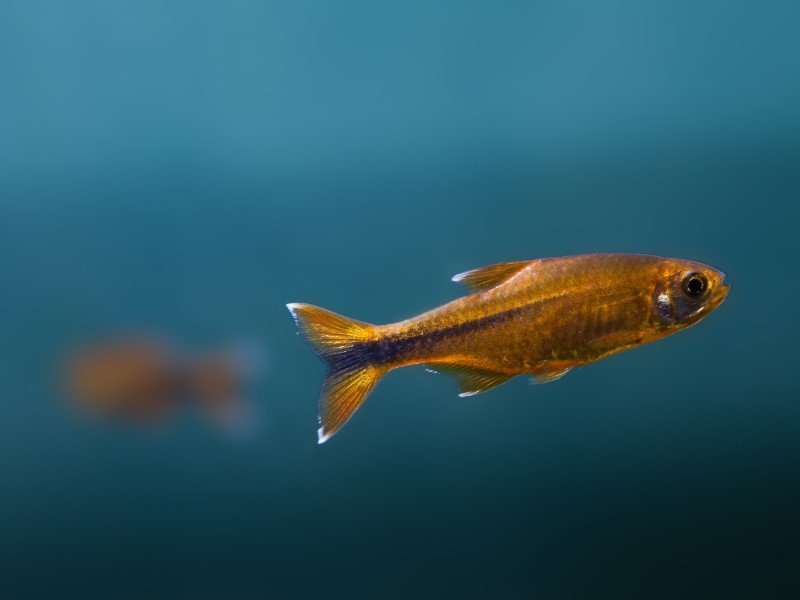
Silvertip tetras are omnivores. They are adventurous eaters and should be fed a variety of foods. Feed silvertips with bloodworms, Daphnia, brine shrimp, and flakes. Feed your silvertip tetra twice a day, and remove leftovers after a couple of minutes.
Silvertip tetras are not picky about food, though you should remove uneaten food from the silvertip tetra’s tank after feeding to keep the water clean and to prevent disease.
Breeding
- Select three breeding pairs from your larger aquarium tank.
- Place the pairs of fish to be bred in a separate, 20-gallon tank. The breeding tank water should be between 82 and 86ºF, with an acidity of 6.0 pH or slightly higher.
- Feed the fish a diet of live and frozen foods that are high in protein. Brine shrimp and bloodworms are good options.
- The female silvertip tetras will scatter their eggs among soft plants, and then the males will fertilize them. You can tell they’re preparing for breeding because the males will be brightly colored and the females will look swollen.
- Take the adults out of the tank and move them back to the primary tank once the fertilization is done, so they don’t eat the eggs.
- The eggs will hatch in one to one and a half days. They won’t need to be fed for the first few days because they eat their egg sacs. The fry will start free-swimming and that’s how you know it’s time to feed them (about three days after hatching). Eggs and newly born silvertip tetras should be kept in a dark room.
- After a few days, feed the fry infusoria or brine shrimp until the silvertip tetra fry grow large enough to join a primary tank and eat normal foods.
Should You Get a Silvertip Tetra for Your Aquarium?
The silvertip tetra is both easy to care for and entertaining. Silver tips are colorful and social creatures that prefer to be in groups.
If you have an aquarium that can care for at least six silvertip tetras at once, and you can include other fish species that the silver tip enjoys as tank mates, then this may be a good fish for you.
Silvertip tetras are suitable for beginner aquarists as caring for this species is relatively simple.

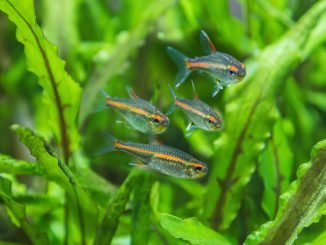
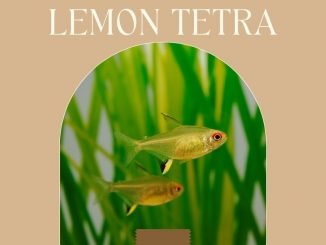
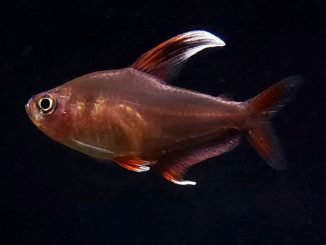
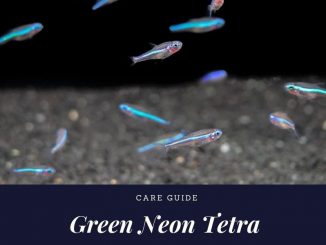
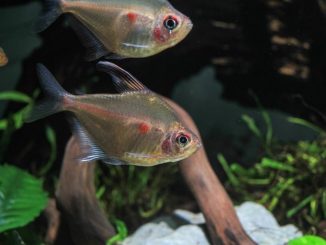
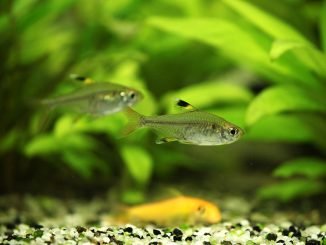
Be the first to comment